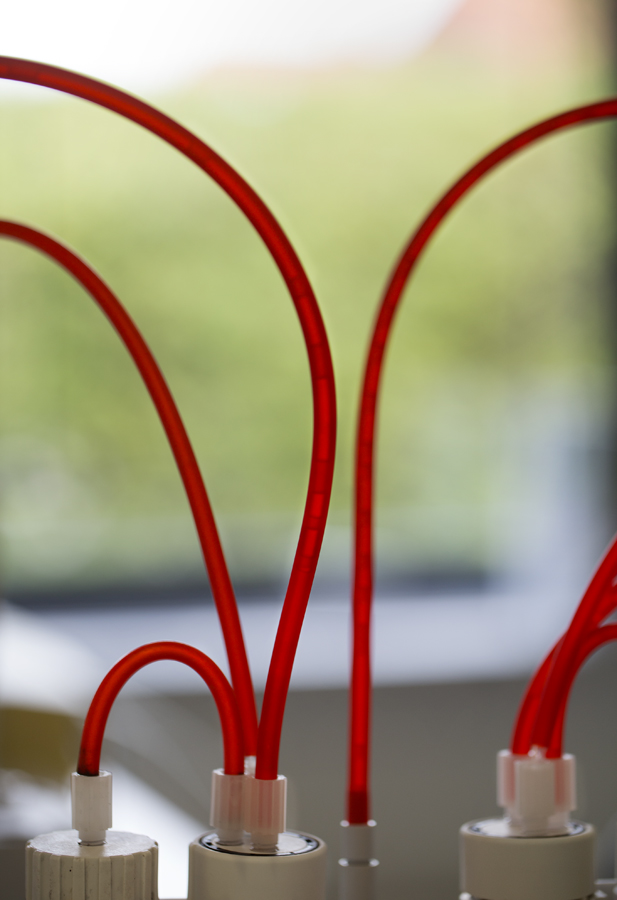Pharmaceutical lifecycle
It is important for Amgros to be at the leading edge of the rapid developments in the global pharmaceuticals market. Therefore, we are systematically monitoring individual pharmaceuticals and their positions in what we call the pharmaceutical lifecycle, which overall comprises six stages:
Stage 1 is where a brand-new patented pharmaceutical is introduced on the market. At this stage, Amgros can negotiate a price lower than the supplier's list price. Read more about this process under New pharmaceuticals.
At stages 2-4, other similar pharmaceuticals with the same effect, but another primary ingredient, enter the market. If these pharmaceuticals are approved for the same treatment, there will be analogue competition.
At stages 4-6, the patent for the pharmaceutical has expired, and there will be generic competition. Competition can be very intense during these stages, and usually there will be a strong downward pressure on prices.
Read more
New pharmaceuticals and negotiations
If a new medicine is to be considered as a standard treatment at Danish public hospitals, the Danish Medicines Council has to assess and recommend it first.
READ MOREAnalogue competition
When the Danish Medicines Council is to assess several pharmaceuticals within the same therapeutic area, it prepares treatment guidelines.
READ MOREGeneric pharmaceuticals
When the patent on a pharmaceutical expires, and generic or biosimilar alternatives enter the market, Amgros’ task is to ensure the widest possible competition.
READ MOREEfficient changes of medicines
Amgros works closely with the regions - hospital pharmacies, pharmaceutical committees and clinical pharmacologists - to ensure that new medicines get into use rapidly as standard treatment at hospitals - and thereby get to patients quickly too. Together, we also ensure that the regions can reap the savings as soon as possible because the medicine will have been through our national tendering procedure.
READ MORE